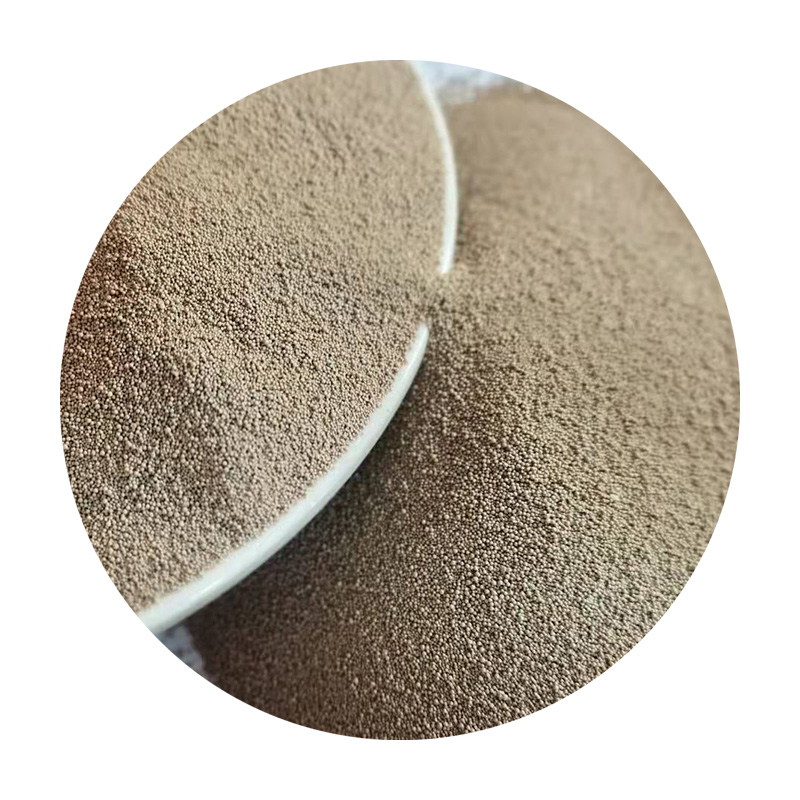Ceramic Sanding A Key Process in Ceramic Finishing
Ceramic materials, renowned for their durability, aesthetic appeal, and versatility, are widely used in various industries, from construction to electronics. However, achieving a smooth, polished finish on ceramic products is crucial for both functionality and visual appeal. This is where ceramic sanding comes into play, an essential process that enhances the surface quality of ceramic items.
Ceramic sanding involves the utilization of abrasive materials to refine the surface of ceramic products. The goal is to remove any imperfections, such as rough edges, blemishes, or contaminants, ensuring that the final product meets the required standards of quality and finish. This process can be carried out manually or through automated systems, depending on the scale of production and the complexity of the items being sanded.
One of the key advantages of ceramic sanding is its ability to improve not only the aesthetic qualities of ceramic products but also their functional properties
. A smoother surface reduces the likelihood of cracks or fractures, thereby enhancing the durability and longevity of the items. Furthermore, finished ceramics often exhibit improved properties such as stain resistance and ease of cleaning, especially important in applications like kitchenware and bathroom fixtures.ceramic sanding

Various techniques and tools can be employed in the ceramic sanding process. Sandpaper, diamond pads, and rotary tools are commonly used, with each tool serving different purposes and providing varying levels of abrasiveness. Selecting the appropriate grit size is essential; coarser grits are used for initial sanding to remove substantial material, while finer grits are employed for finishing touches, producing a smooth and polished surface.
In addition to the choice of tools, the sanding process requires a careful approach to speed and pressure. Excessive force or incorrect technique can lead to damage, such as uneven surfaces or gouges. Thus, a skilled operator is essential to monitor the process and ensure optimal results.
Environmental considerations are also becoming increasingly important in the ceramic sanding industry. Manufacturers are now exploring eco-friendly abrasives and minimizing waste generated during the sanding process. This shift not only addresses regulatory requirements but also aligns with growing consumer demand for sustainable practices.
In conclusion, ceramic sanding plays a vital role in the finishing process of ceramic products. By enhancing both the aesthetic and functional aspects, it ensures that ceramic items are not only beautiful but also durable and practical. As technology advances and sustainability remains a priority, the methods and materials used in ceramic sanding will continue to evolve, driving innovation in the industry.
Post time:ئیلول . 06, 2024 08:25
Next:Affordable Sand Casting Services | High-Quality Custom Castings
